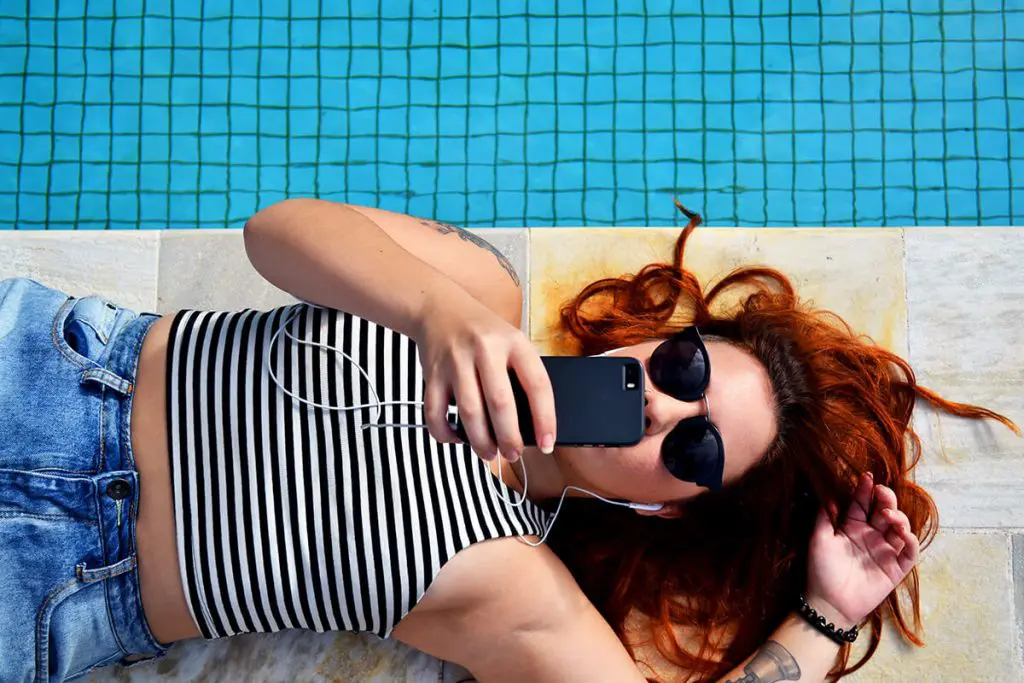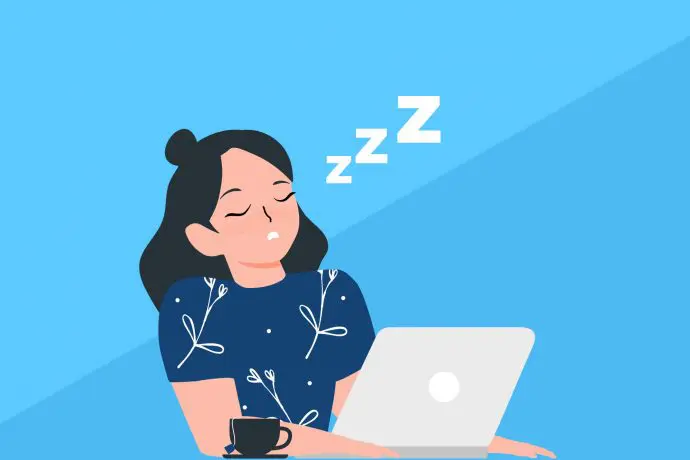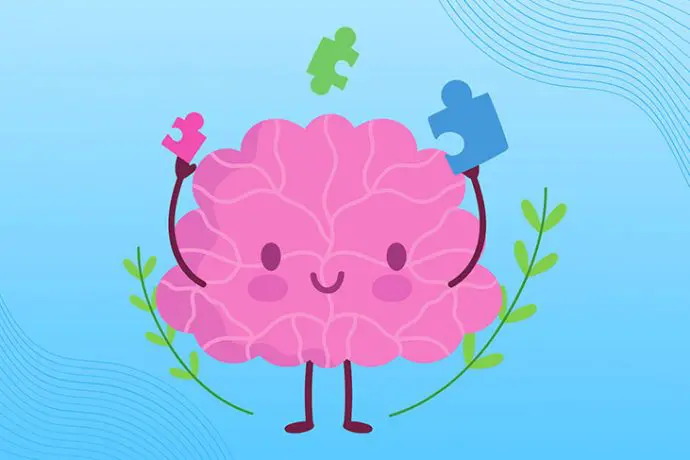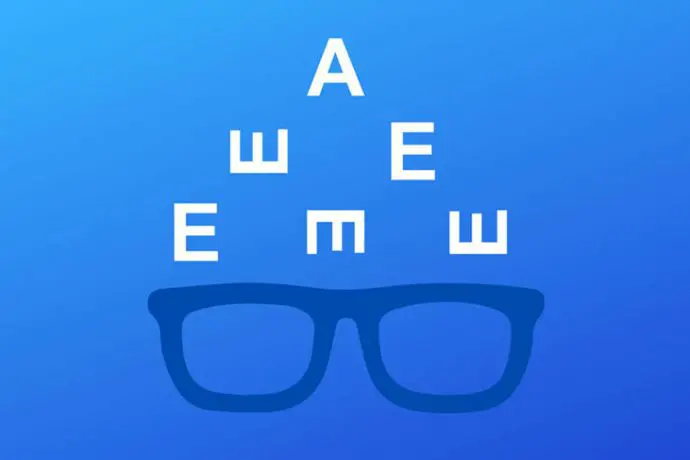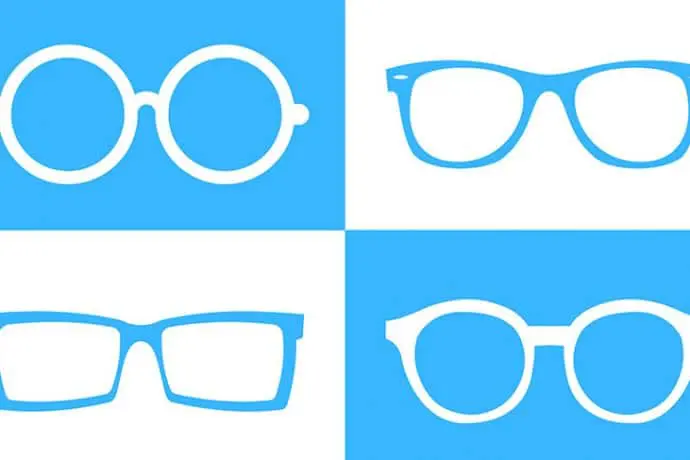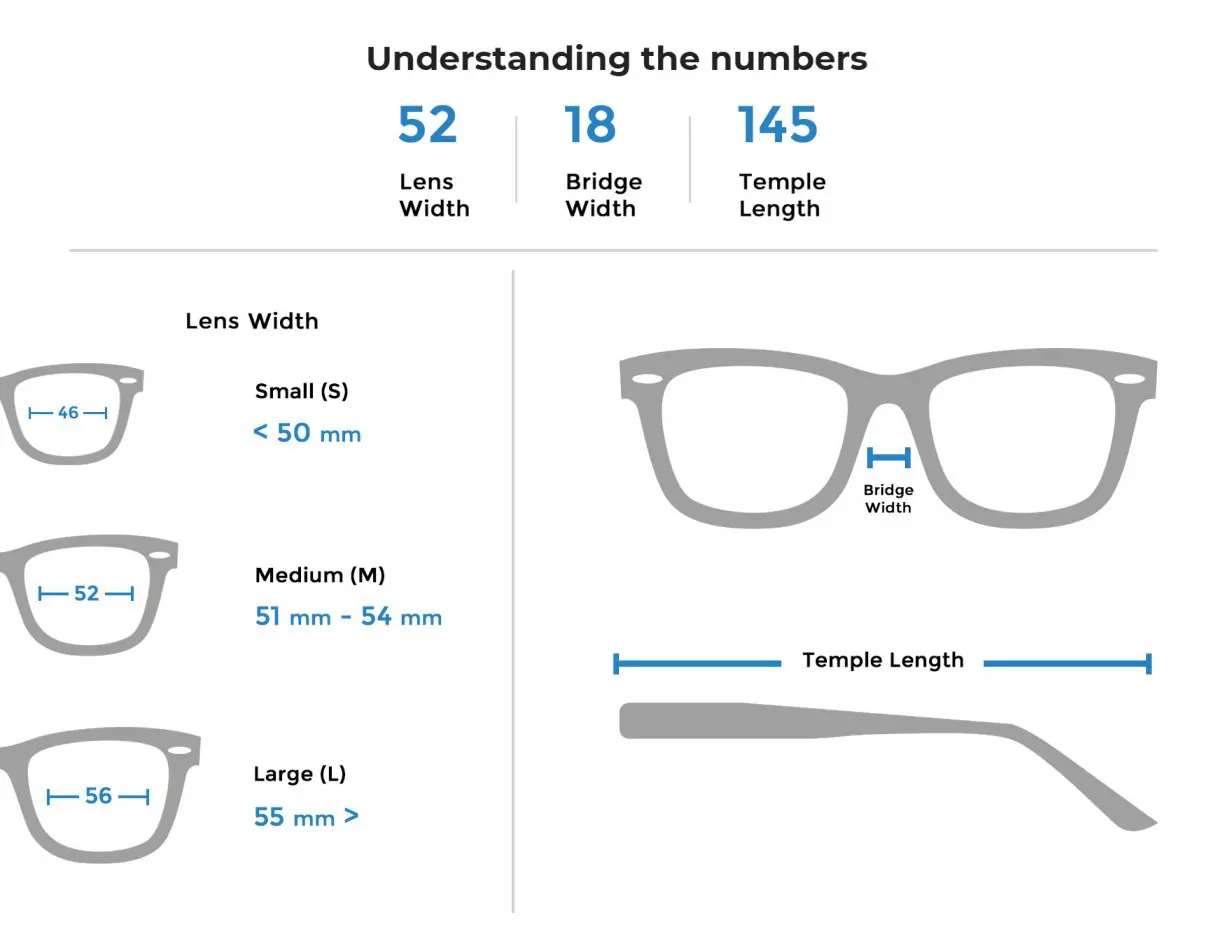Digital Eye Strain is Killing Your Eyes
While professionals still explore all the effects of the digital age on our health, all experts and studies agree on one thing.
In essence, the amount of time we spend on digital devices is destroying our eyesight.
Digital eye strain has become so common that people don’t realize its effect. Around 80% of adults report using digital devices more than two hours a day, and 50% of those using two at the same time.
Still, approximately 70% of adults report experiencing at least one symptom of digital eye strain.
The symptoms of digital eye strain are becoming more prevalent in children as well.
Children spend more time on digital devices than ever before, since they receive tablets and smartphones at a younger age.
The Symptoms Of Digital Eye Strain
Digital eye strain causes dry eyes, fatigue, headaches, and blurred vision.
Also, associated with digital eye strain are neck and shoulder pain.
Digital eye strain starts because of moving back and forth between looking at a screen and looking at other items – your surroundings, reading a paper at your desk at work, or talking with someone.
Focusing and refocusing are causing the muscles in the eyes to tire.
Additionally, glare, contrast, and the flicker of a screen contribute to eye strain, along with the emission of blue light.
The most significant reason we experience digital eye strain is that screens are too close to our eyes.
We often have devices within two feet of our eyes.
It causes eye muscles and the cornea to adjust to focus light at that distance.
But our eyes are relaxed while looking at distances far away, not up close.
Thus, the more time we spend on devices, the more our muscles are working hard without breaks.
Some say that long-term effects can also cause macular degeneration.
But, more information and studies on that topic are necessary.
Help With Digital Eye Strain
People can do many things to combat digital eye strain.
At first glance, the simplest solution would appear to be spending less time on our devices.
Unfortunately, this isn’t conducive to our way of life.
However, we can reduce the amount of time we are on our devices.
It can be something simple – not checking social media as often, reading in a book instead of on your e-reader, or taking more breaks while at work.
Reducing the amount of ambient light can help as well as moving your device an arm’s length away.
Some people need to train themselves to blink more often, as looking at a screen causes us to stare more, which dries out our eyes and causes fatigue.
Following the 20-20-20 rule can help with reducing digital eye strain. Every 20 minutes, look away from your device to something at least 20 feet away for 20 seconds.
Another solution growing in popularity and access is a pair of blue light blocking glasses, such as bluwinx.
Computer glasses prevent harmful blue light from entering the eye and reduce the glare coming off the screen.
Both of these help to relax the muscles in the eye, which reduces the symptoms of digital eye strain.
bluwinx glasses are designed to block blue waves at the most detrimental wavelength.
Blocking those wavelengths of light means your eyes adjust more quickly to what’s on the screen and struggle less.
Therefore, bluwinx glasses prevent strain, fatigue, and dry eyes as a result.
bluwinx blue light glasses help your eyes focus and relax, which means you can spend more time on your device without needing a break.



